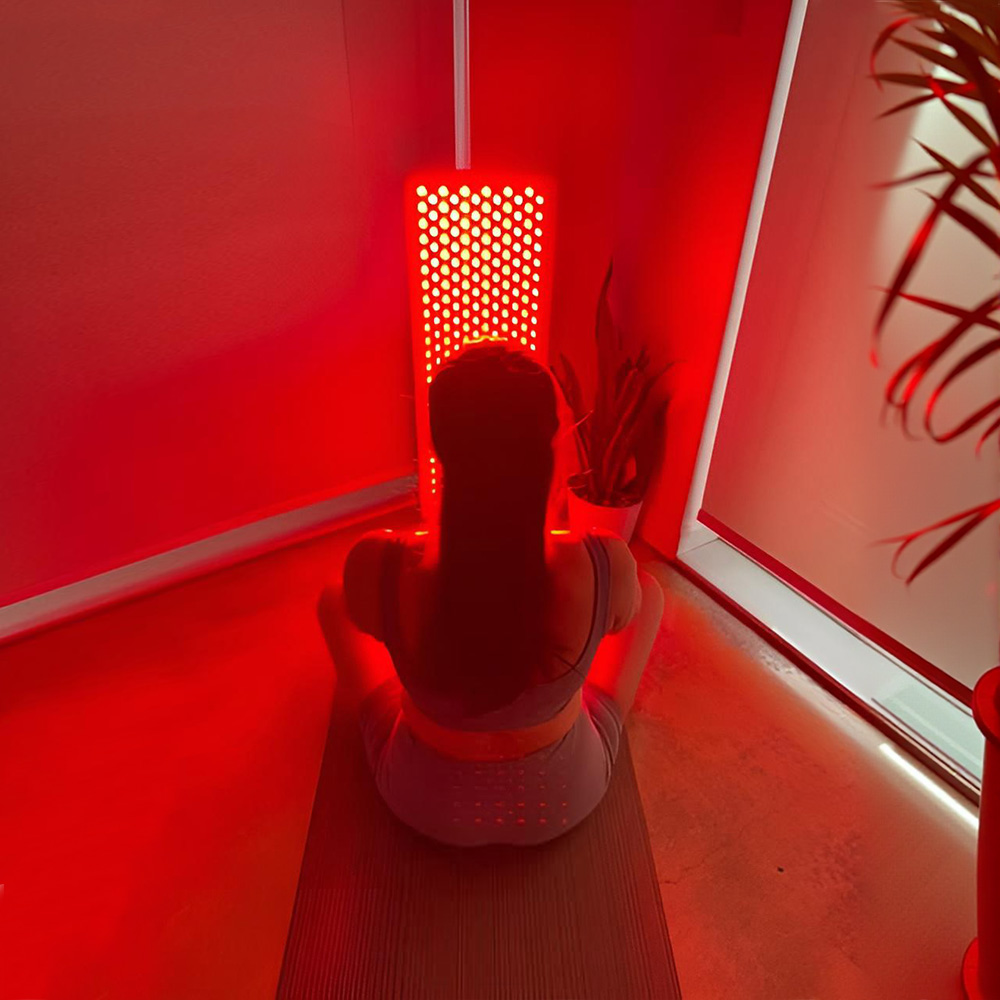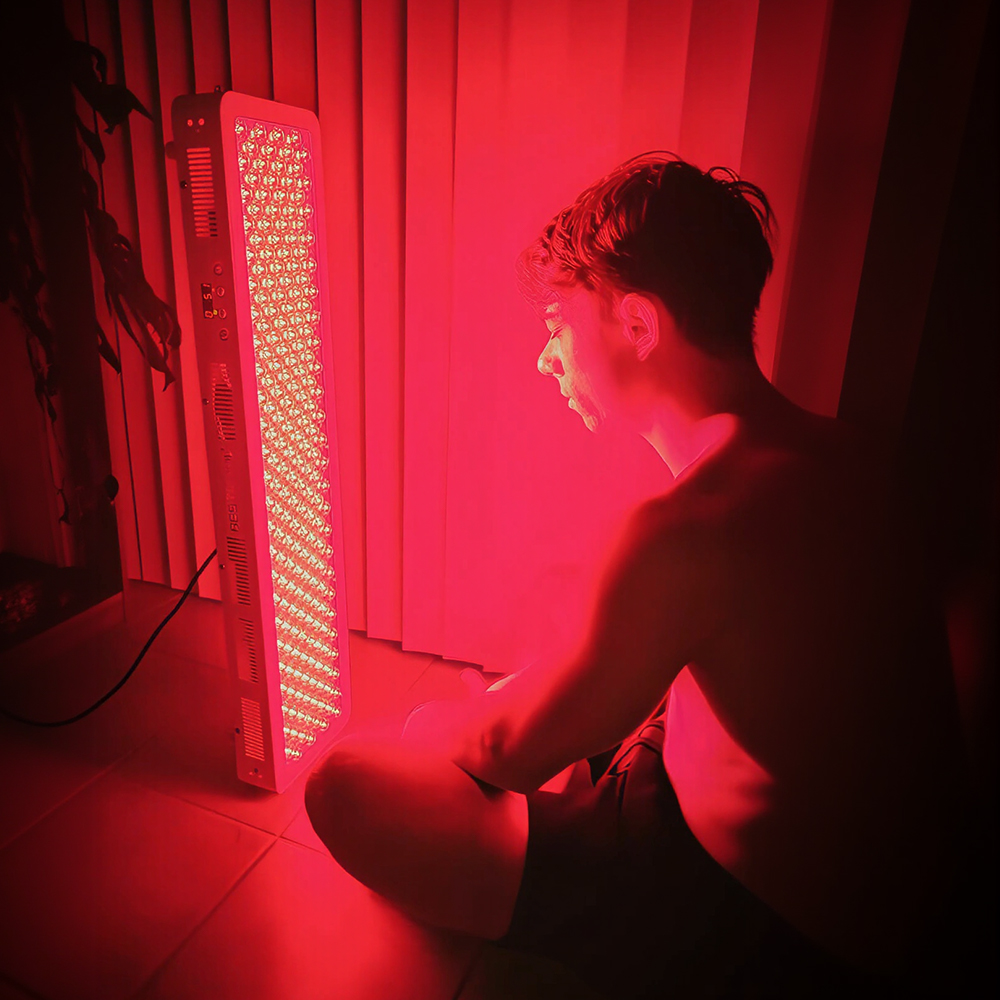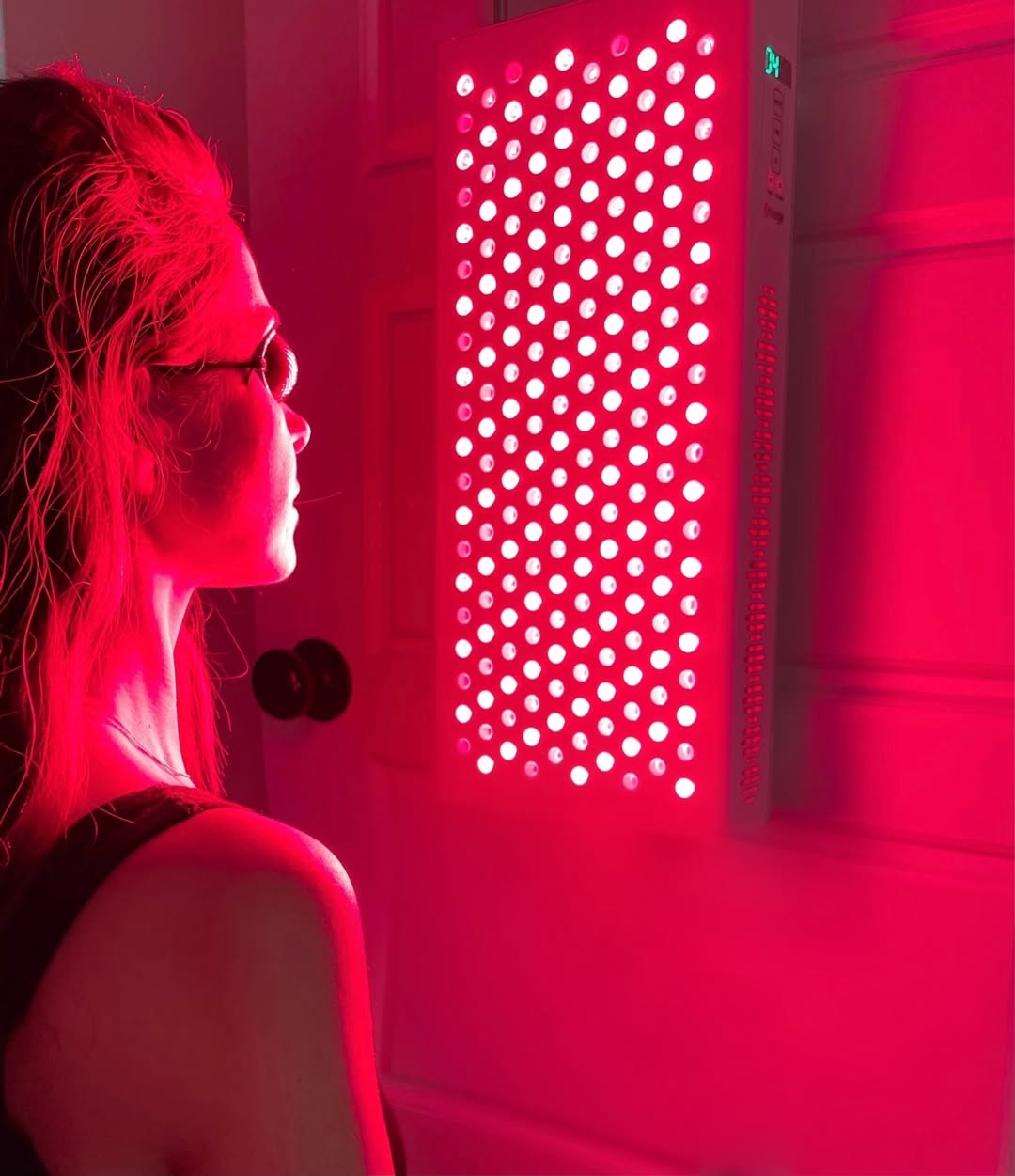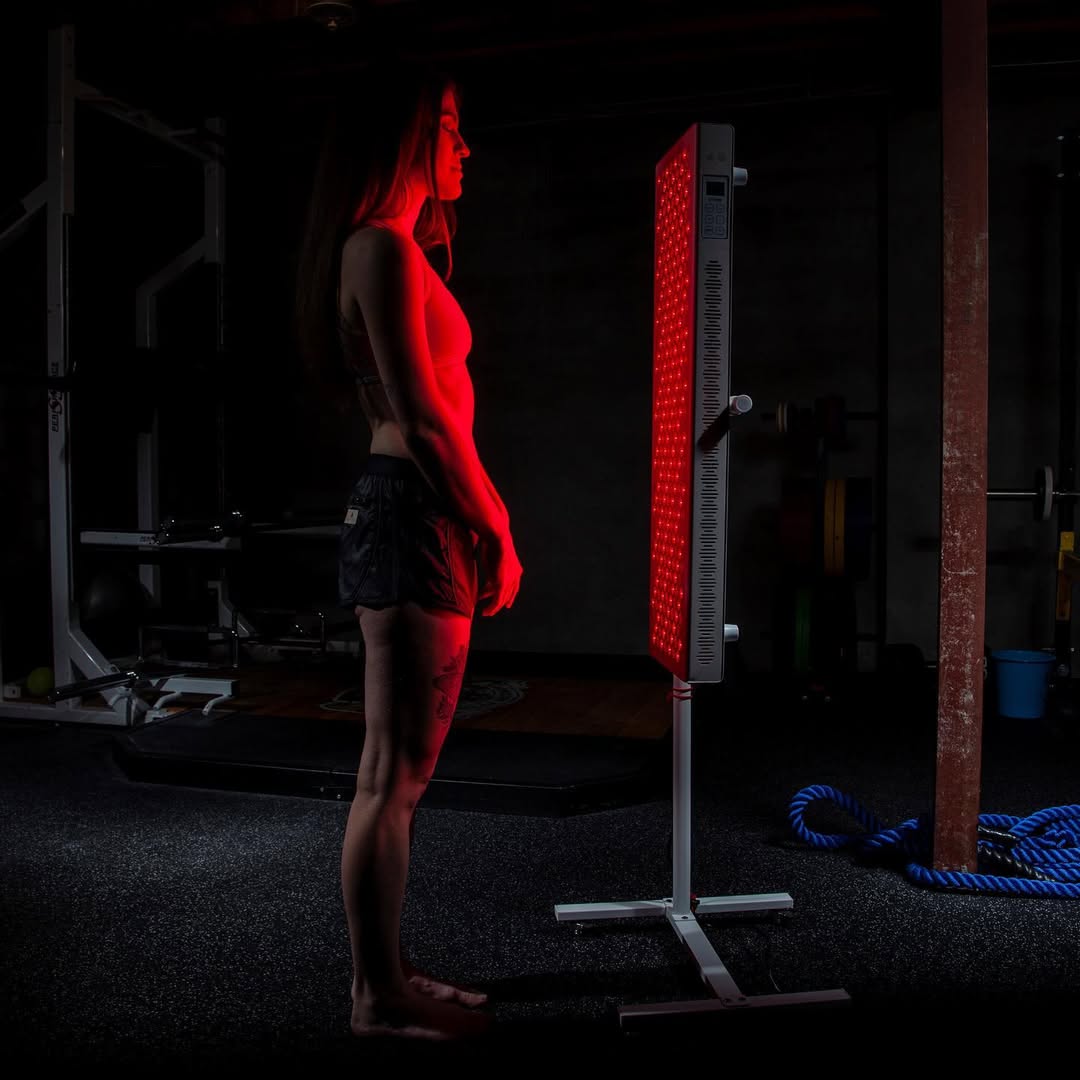![]() Free Shipping
Free Shipping ![]() Buy Now, Pay Later
Buy Now, Pay Later ![]() Eligible
Eligible
Can Red Light Therapy Boost Your Brainpower? Explore the Evidence

In an era where cognitive enhancement is highly sought after—whether for peak performance, memory retention, or combating age-related decline—red light therapy (RLT) has emerged as a fascinating contender. But can shining red and near-infrared light on your head really sharpen your mind?
This article dives into the science behind red light therapy and its potential effects on brain function, memory, focus, and even neurological health.
What Is Red Light Therapy?
Red light therapy, also known as photobiomodulation (PBM), involves exposing the body to low-wavelength red or near-infrared (NIR) light. Unlike harmful UV rays, these wavelengths penetrate the skin and tissues without causing damage, stimulating cellular energy production.
Originally used for wound healing and skin rejuvenation, researchers are now investigating its effects on the brain. But how does light influence something as complex as cognition?
How Red Light Could Influence Brain Function
1. Boosting Mitochondrial Efficiency
The brain is an energy-hungry organ, consuming about 20% of the body’s oxygen and glucose. Mitochondria—the powerhouses of cells—produce ATP (adenosine triphosphate), the energy currency of the brain.
Red and near-infrared light are absorbed by a mitochondrial enzyme called cytochrome c oxidase, enhancing ATP production. More energy means better neuron function, potentially improving memory, focus, and mental clarity.
2. Reducing Inflammation & Oxidative Stress
Chronic inflammation and oxidative stress are major contributors to cognitive decline, Alzheimer’s, and Parkinson’s. Studies suggest that RLT may:
- Lower pro-inflammatory cytokines
- Increase antioxidant activity
- Protect neurons from damage
A 2017 study in Photomedicine and Laser Surgery found that near-infrared light reduced neuroinflammation in animal models, suggesting potential benefits for neurodegenerative diseases.
3. Enhancing Blood Flow & Neurogenesis
Improved cerebral circulation means more oxygen and nutrients reach brain cells. Some research indicates that RLT may also stimulate neurogenesis—the growth of new neurons—particularly in the hippocampus, a region critical for memory.
A 2020 study in Aging and Disease reported that transcranial light therapy improved cognitive function in older adults with mild cognitive impairment.
VELLGUS Elite V2
THE #1 RATED RED LIGHT DEVICE
VELLGUS pro V2
THE #1 RATED FULL BODY RED LIGHT DEVICE
Real-World Applications: What Does the Evidence Say?
1. Memory & Cognitive Performance
- A 2013 study in NeuroImage found that healthy adults who received near-infrared light therapy showed improved memory and reaction times.
- Military and athlete studies suggest RLT may enhance mental endurance and reduce cognitive fatigue.
2. Mood & Mental Health
RLT may influence serotonin and dopamine pathways, potentially aiding depression and anxiety. A 2018 pilot study in Lasers in Medical Science reported reduced depressive symptoms in patients treated with near-infrared light.
3. Stroke & Brain Injury Recovery
Preliminary research indicates RLT may aid stroke recovery by reducing brain damage and accelerating healing. A 2021 study in Stroke found that patients treated with transcranial light therapy had better functional outcomes.
How to Use Red Light Therapy for Brain Health
If you’re curious about trying RLT for cognitive benefits, here are some methods:
- Transcranial Devices – Helmets or panels designed to deliver red/NIR light to the scalp.
- Full-Body Panels – While not as targeted, they may still offer systemic benefits.
- Professional Clinics – Some neurology and wellness centers offer specialized treatments.
Dosage matters: Studies typically use wavelengths between 600-850 nm, with exposure times ranging from a few minutes to 20 minutes per session.
Potential Risks & Limitations
While generally safe, RLT isn’t a magic bullet. Overuse may cause headaches or eye strain, and long-term effects are still being studied. More large-scale human trials are needed to confirm its cognitive benefits.
Final Verdict: Should You Try It?
Current evidence suggests that red light therapy holds promise for enhancing brain function, protecting against neurodegeneration, and improving mental performance. While it’s not a replacement for sleep, nutrition, and exercise, it could be a valuable addition to your cognitive toolkit.
Would you try red light therapy for brainpower? The future of neuroscience may shine brightly—literally.








